June 17, 2025
Using URI remotely operated vehicle, researchers document 17 shipwrecks in Lake Ontario
A team of eight students, scientists, and engineers from the University of Rhode Island recently returned from the first survey of known shipwrecks in the Lake Ontario National Marine Sanctuary.
Using URI’s new, state-of-the-art remotely operated vehicle (ROV)—aptly named “Rhody”—the student-led team documented 17 shipwrecks. Having embarked from Oswego, New York, aboard the research vessel Lake Guardian, which is owned and operated by the Environmental Protection Agency, the team discovered several new shipwrecks while mapping the lakebed.
The ultra high-resolution surveys conducted at each site will aid the National Oceanic and Atmospheric Administration (NOAA) in identifying and preserving these relics. The URI team was joined by maritime archeologists from NOAA’s Office of National Marine Sanctuaries, which funded the project through the NOAA Ocean Exploration Cooperative Institute (OECI).
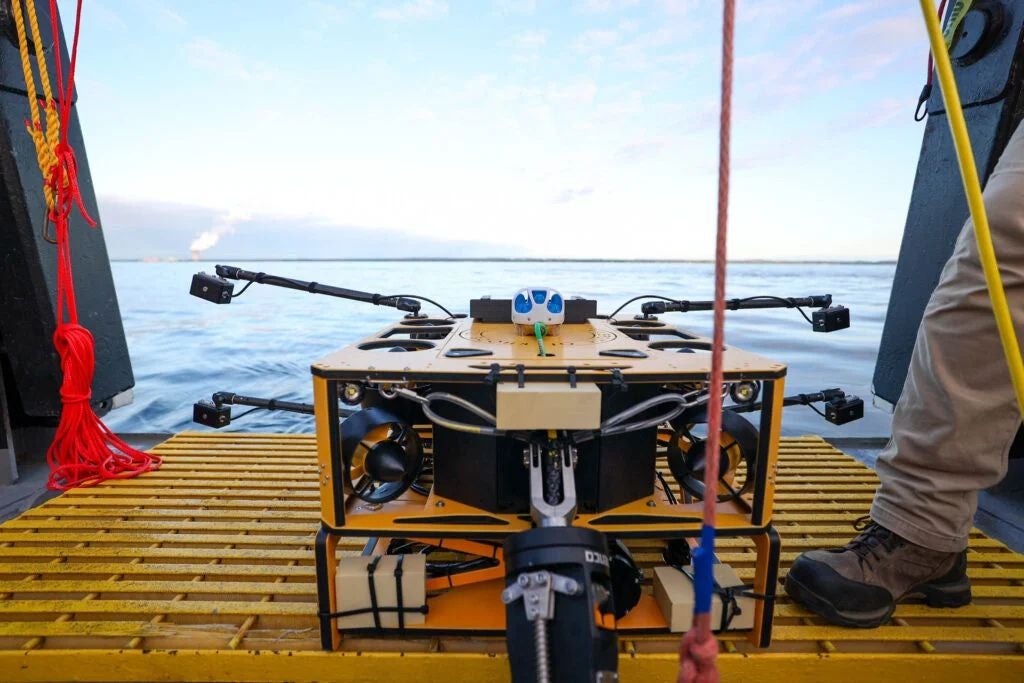
Prior to the expedition, OECI Associate Director Jason Fahy fostered a partnership with the Norwegian company JM Robotics. Together, they designed an ROV optimized for this project.
“We needed something with a small form factor, making it easy for a student team to mobilize,” said Fahy. “Rhody is small enough to be carried by two people, but capable enough to host the high-end, powerful sensors we typically utilize in deep ocean exploration.”
The ROV’s small footprint also lends meaning to Rhody’s name, as it allows for quick mobilization and can be transported with all auxiliary equipment in the back of a pick-up truck.
A critical sensor on Rhody is the VOYIS Discovery Stereo Camera, which is designed to collect two simultaneous, high-resolution images that are used to construct 3D models of each shipwreck. Each model will consist of tens of thousands of images, allowing for centimeter level accuracy and a photorealistic appearance.
URI’s Ashly Martinez Rodriguez will work over the summer to generate the 3D models. A rising third-year student from Providence, she is majoring in computer engineering and Japanese through URI’s International Engineering Program. Martinez Rodriguez became involved in the project through her aptitude for networking. Holly Pettus, OECI project manager and deputy expedition leader, met with Martinez Rodriguez six months prior to the expedition to discuss her research interests, which included ROV piloting.
“Through this expedition, I’ve gained hands-on experience in all the areas I told [Holly] I was interested in learning about,” Martinez Rodriguez said.
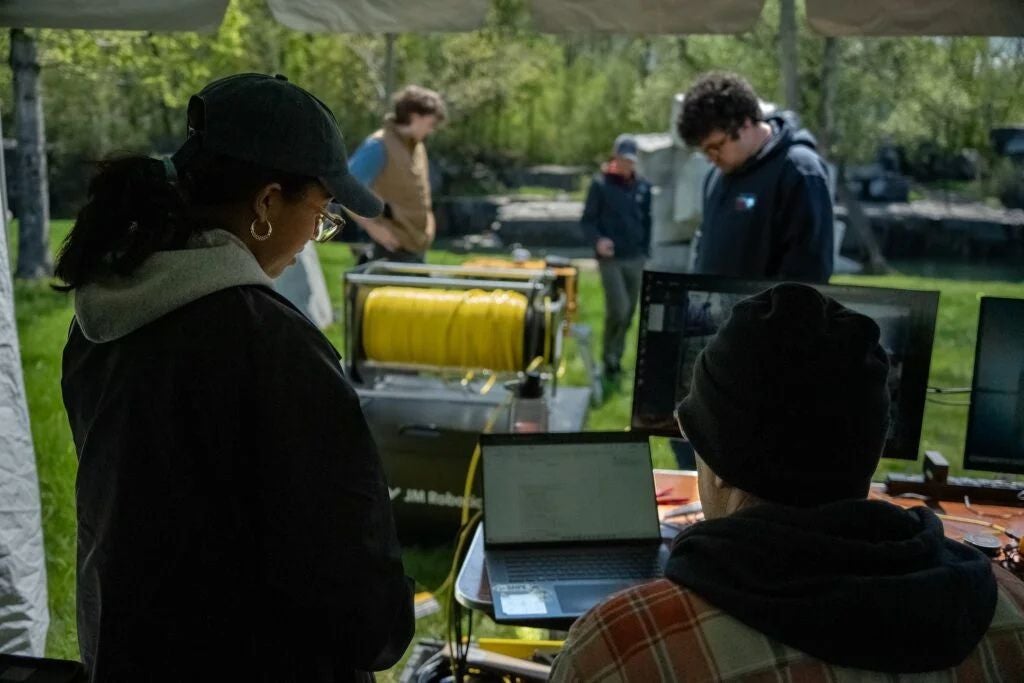
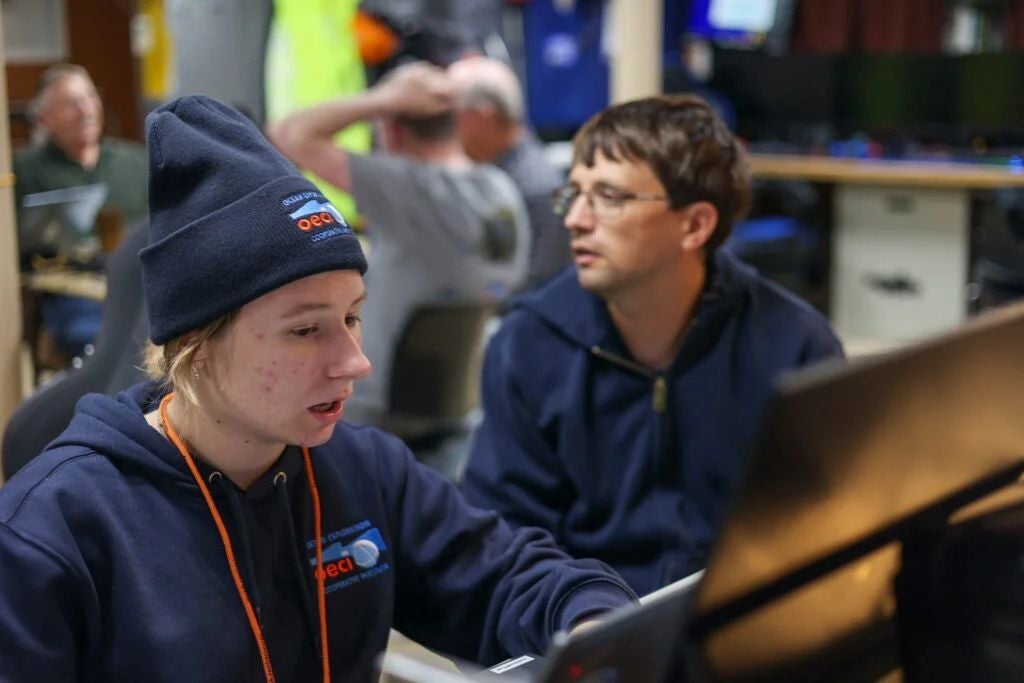
Susanna Majkut, a rising senior studying ocean engineering, from Dunstable, Massachusetts, echoed the importance of the hands-on opportunity. “After taking an underwater acoustics course this past semester, many of the concepts clicked and made so much more sense. I was connecting the theory I learned in class to a real-life application.”
Majkut supported mapping operations for the entire expedition by processing sonar data in-real time, which allowed the team to discover a never-before-seen shipwreck. “I’ll never forget that moment. That feeling just can’t be replicated in the classroom,” Majkut said.
Joseph Bevilacqua and Benjamin Rahming, who are pursuing a master’s degree and a Ph.D. in ocean engineering respectively, both gained significant experience co-piloting Rhody and assisting with tasks on deck.
According to Fahy, enabling the students to lead operations was the plan from the start.
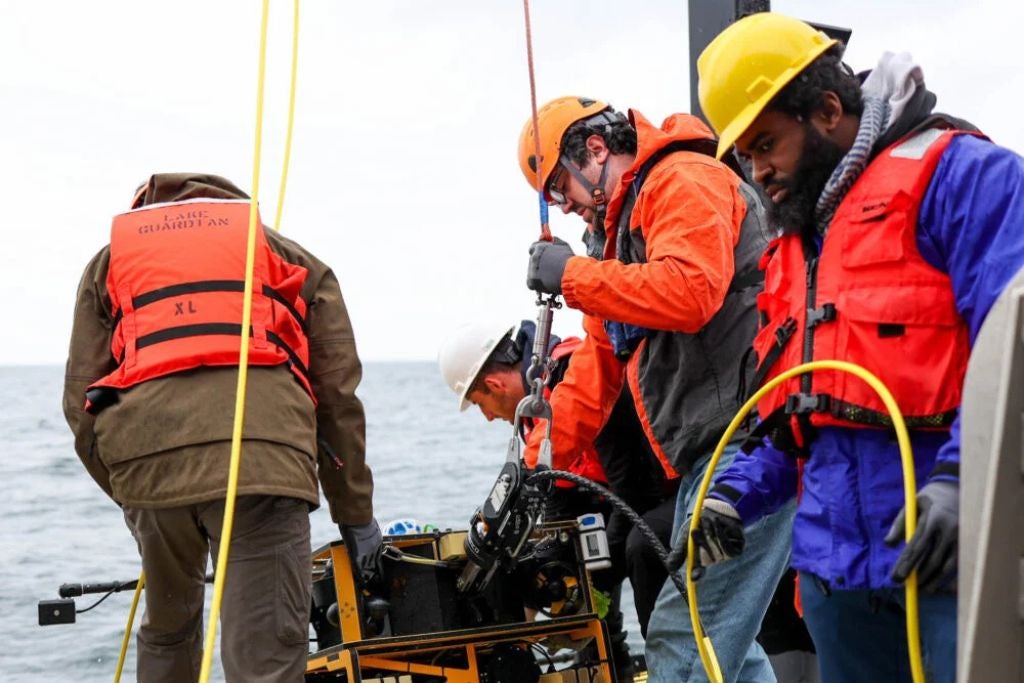
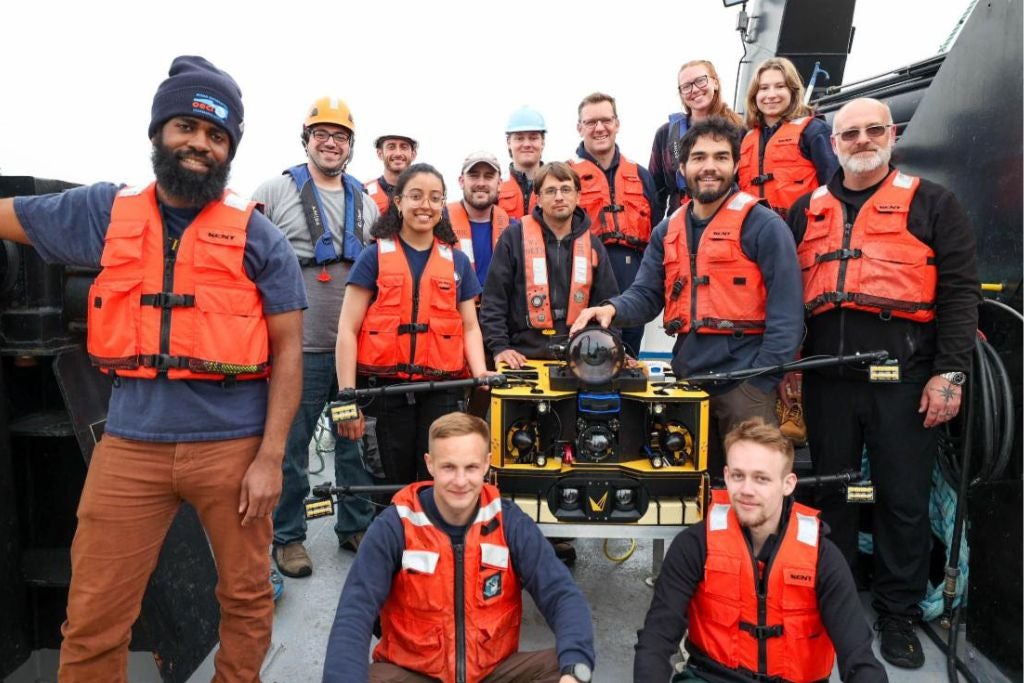
“It’s critically important to provide students with experience that translates into skills required in today’s ocean-facing industries,” said Fahy. “Now is the time for URI to lean into the massive demand from our students for hands-on learning, and at the same time, produce graduates who will bring important and unique skills to industry.”
The students contributed greatly to the success of the Lake Ontario expedition. “We could not have exceeded our initial survey goals without our students,” said Pettus. “Their willingness to learn, general excitement, and curiosity elevated the entire team. We couldn’t have done it without them.”
Student access to opportunities like these has been limited in the past due to the nature of exploration. Limited berthing space on research vessels typically restricts the number of students who can participate in an expedition. However, the OECI plans to expand student access to ROV pilot training using Rhody.
“Rhody can easily be deployed off the pier at the Graduate School of Oceanography,” said Pettus. “Our students practiced piloting there prior to the expedition. Our hope is to extend that opportunity to all URI students.”
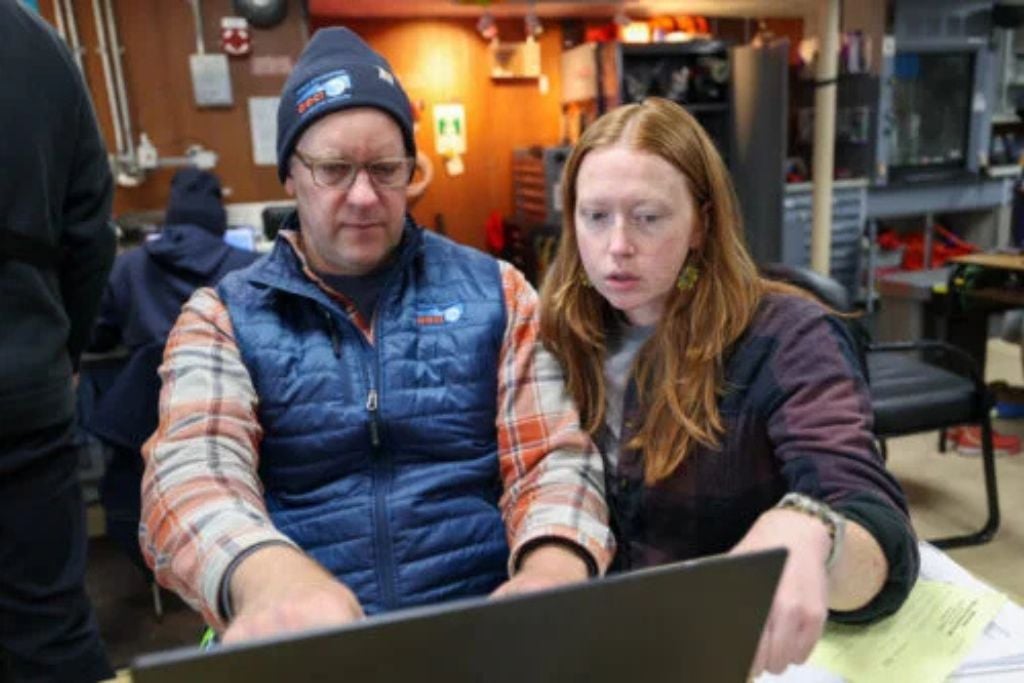
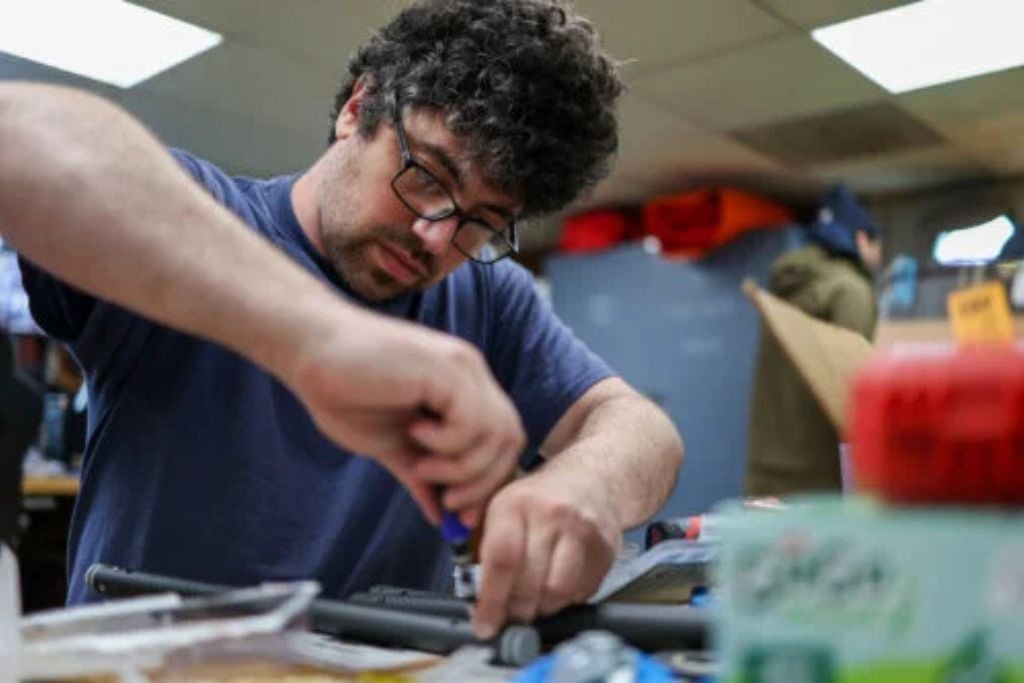
Beyond pier testing, advances in satellite technology have enabled remote piloting capabilities, further expanding the ways students can participate in exploration. URI ocean engineering doctoral student Jake Bonney, from Barrington, piloted Rhody from Rhode Island during the expedition.
The same satellite technology also enabled classrooms and the public to join the expedition in real-time. The team onboard connected with 15 classrooms, sharing project goals and milestones, answering questions about life on a research vessel, and sharing ways students can continue to be involved. The public was also able to tune in live, as Rhody surveyed a shipwreck site that was never previously viewed. A recording can be viewed on YouTube.
Maritime archeologists joined the live program to provide context for what everyone was seeing together for the first time.
The scientists onboard “gave us a richer understanding of each shipwreck,” said Fahy. “It was this detailed context that made each wreck real and left me pondering questions bigger than what was on the screen.”

